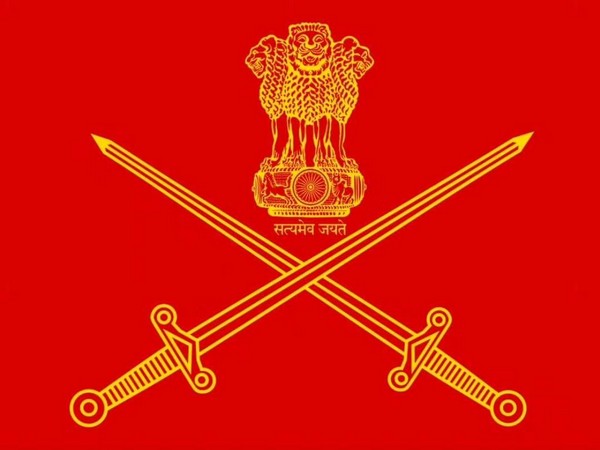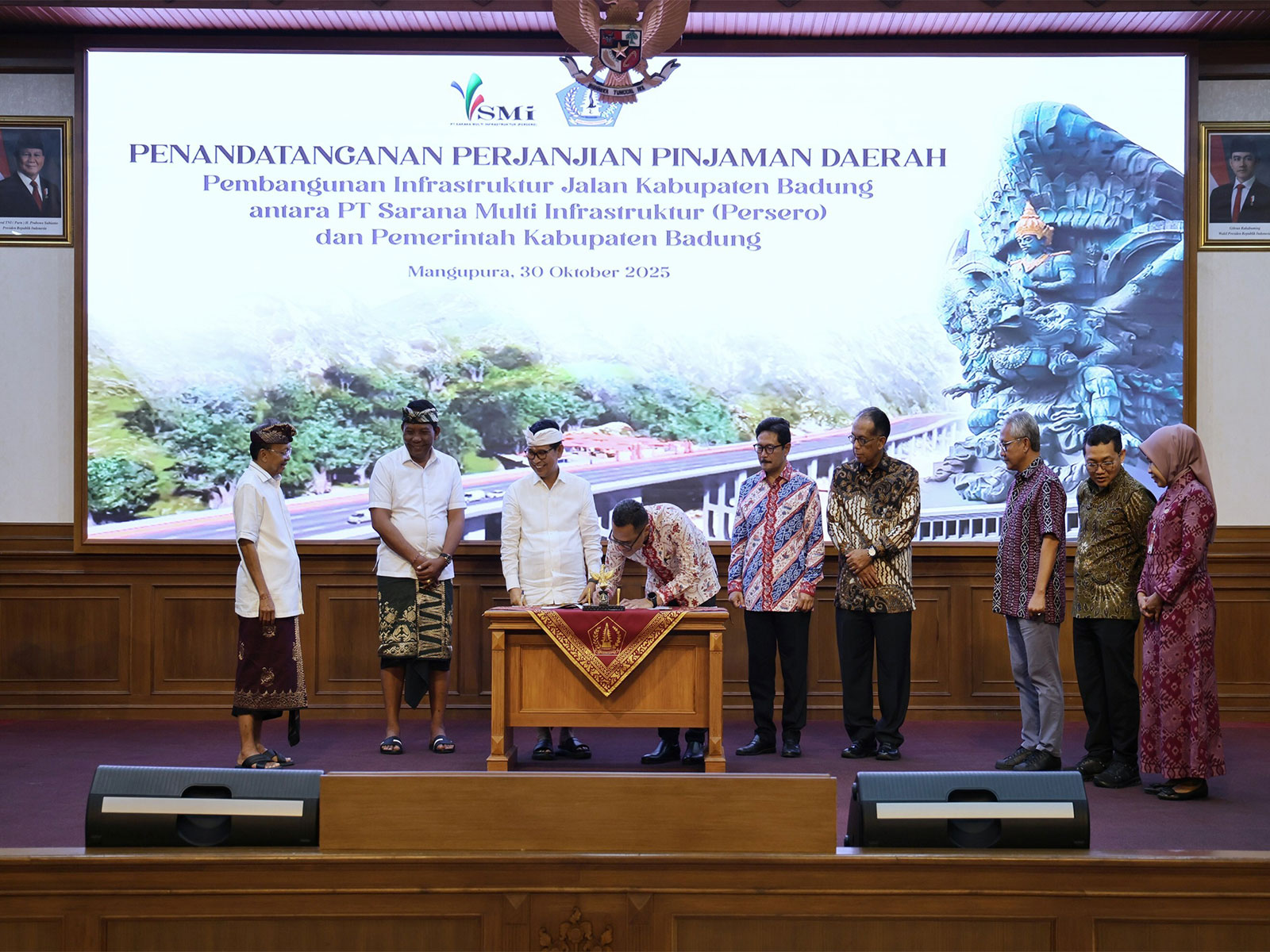New Delhi [India], October 14 (ANI): In a pioneering move aimed at bolstering logistics support to remote forward posts, the Indian Army has entered into a first-of-its-kind contract with civil aviation service providers, a press release said.
This contract, designed to provide helicopter support to the Army’s winter cut-off posts along the Northern and Western borders, exemplifies India’s commitment to civil-military fusion and leveraging the PM Gati Shakti initiative.
The contract, executed for one year, will ensure that 16 remote posts in the Jammu region are sustained throughout the year, while another 28 posts in Kashmir and Ladakh will benefit from this support for 150 days next year. This initiative marks a decisive shift in how the Indian Army maintains its critical positions in high-altitude regions during the harsh winter months when these areas are otherwise inaccessible due to snow, the release added.
One of the standout aspects of this contract is the use of civil aviation helicopters instead of the Indian Army’s aviation or Indian Air Force assets. This shift is not just about reducing costs; it is a strategic move to preserve the service life of military helicopters for more critical roles in combat or emergency scenarios. By leveraging civil aviation for routine logistics tasks, the Army ensures that its combat aviation fleet remains ready for more mission-critical operations.
The helicopters, provided under the contract, will operate from seven mounting bases in Ladakh, two in Kashmir, and one in the Jammu region, covering a total of 44 posts. These mounting bases have come up thanks to national endeavours such as Border Area Development and PM Gati Shakti’s infrastructural development push, which focuses on building an integrated and efficient logistics network across India’s borders. This is not only a logistical triumph but also a clear indication that civil aviation assets are now capable of operating in challenging forward areas, previously the exclusive domain of military aircraft.
What makes this initiative more noteworthy is the operational efficiency it brings. The contract’s terms specify that the civil aviation service provider will manage the entire load-carrying effort required to sustain these winter cut-off posts. The helicopters will ferry food, fuel, medical supplies, and other essential items, ensuring that these high-altitude positions remain fully operational and well-supplied during winter.
This initiative is also a testament to the successful integration of civil and military capabilities in developing India’s border regions, which were once considered far too remote for commercial aviation operations. Thanks to the collaborative efforts of the Indian Army, ministries of the central government, and state/Union Territory administrations, the Border Area Development Plan has laid the foundation for this enhanced infrastructure.
The success of this contract is not limited to logistics. It has far-reaching implications for the development of these remote areas. The use of civil aviation in border regions opens up new opportunities for tourism and local economic development, which were previously unthinkable due to the lack of infrastructure. The Indian Army’s initiative will also validate the use of civil aviation infrastructure in case of wartime contingencies, ensuring that these assets and facilities can be repurposed for military needs if required.
While this contract currently covers the Northern Command, plans are already in motion to expand the model to other strategic regions, including Himachal Pradesh, Uttarakhand, and the North-East. This will bring the same logistical efficiency and developmental potential to these high-altitude regions, which remain critical to India’s national security framework.
Furthermore, this initiative has the potential to unlock the region’s tourism prospects. Civil helicopters operating in these remote areas could provide the necessary infrastructure and accessibility for tourists to explore India’s breathtaking but challenging frontier regions. This aligns with the government’s long-term vision of encouraging tourism as a driver for economic growth, particularly in underdeveloped areas. The potential ripple effects include improved local infrastructure, job creation, and enhanced connectivity.
By ensuring that 44 critical forward posts are well-supported throughout the year, the Indian Army has not only safeguarded its operational readiness but also demonstrated the strength of civil-military cooperation in addressing logistical challenges in the most difficult terrains. As this collaboration evolves, it is set to become a model for similar efforts in other border regions, ensuring that India’s remote posts are not just operational but thriving.
This initiative is a shining example of how national infrastructure programs like PM Gati Shakti and Border Area Development are being integrated into military logistics, contributing to both national security and the socioeconomic development of the nation’s frontier regions.
The Indian Army’s move to partner with civil aviation is more than just a logistical convenience; it’s a strategic advancement that preserves military assets, reduces costs, boosts development, and opens up the possibilities of further economic growth and tourism in India’s remotest regions. (ANI)
Disclaimer: This story is auto-generated from a syndicated feed of ANI; only the image & headline may have been reworked by News Services Division of World News Network Inc Ltd and Palghar News and Pune News and World News
HINDI, MARATHI, GUJARATI, TAMIL, TELUGU, BENGALI, KANNADA, ORIYA, PUNJABI, URDU, MALAYALAM
For more details and packages
















